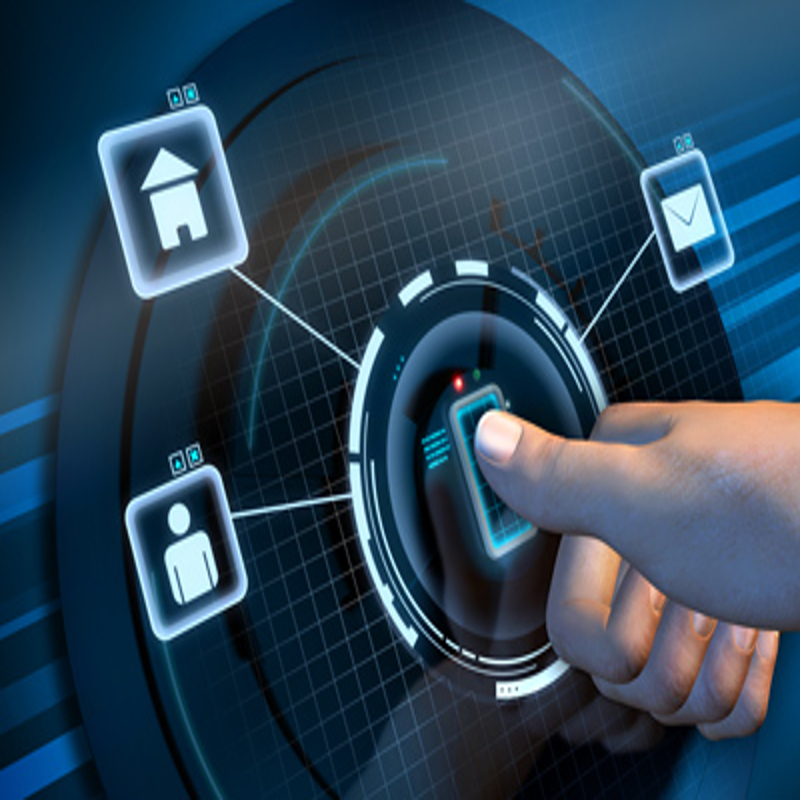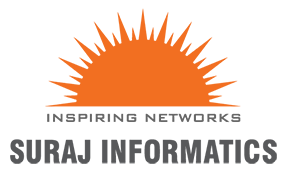Access Control: Guarding the Digital Fortress

In the age of digitalization, the security of sensitive information is paramount. Access control, a fundamental concept in information security, plays a pivotal role in safeguarding data, systems, and resources. Whether it’s protecting your personal photos or securing corporate data, access control is the gatekeeper to the digital fortress. In this blog, we will delve into the world of access control, understand its significance, and explore various methods and technologies that help fortify our digital assets.
Understanding Access Control
Access control is the practice of regulating who can access what, when, and how within a system or network. This fundamental concept ensures that only authorized entities gain entry to sensitive data, resources, or physical locations while keeping unauthorized individuals at bay. The primary goals of access control are confidentiality, integrity, and availability:
- Confidentiality: Access control prevents unauthorized users from viewing or accessing sensitive information. This is crucial for protecting personal privacy, proprietary business data, and national security.
- Integrity: Access control ensures that data remains accurate and unaltered. Unauthorized tampering with data can have catastrophic consequences, such as financial fraud or data breaches.
- Availability: Reliable access control methods guarantee that resources are available to authorized users when needed, without being overwhelmed or disrupted by unauthorized access.
Types of Access Control
Access control can be categorized into three primary types:
- Physical Access Control: This form of access control pertains to the security of physical locations, such as buildings, rooms, and data centers. It includes methods like biometric authentication, key cards, and PINs to restrict access.
- Administrative Access Control: Administrative access control involves policies, procedures, and guidelines that govern who can access specific resources. It includes roles and responsibilities within an organization and access permissions.
- Technical Access Control: Technical access control utilizes technology to manage and restrict access. It encompasses various authentication methods, including passwords, two-factor authentication, and encryption, as well as access control lists and firewall rules in networks.
Access Control Technologies
- Role-Based Access Control (RBAC): RBAC assigns access permissions to users based on their roles or job functions. It simplifies access management by ensuring that individuals only have the permissions they need to perform their tasks.
- Mandatory Access Control (MAC): MAC enforces strict access controls based on security labels and predefined policies. It’s commonly used in high-security environments, such as government and military systems.
- Discretionary Access Control (DAC): DAC allows the data owner to determine who has access to specific resources. Users can grant or revoke permissions, giving them control over their own data.
- Attribute-Based Access Control (ABAC): ABAC considers a wide range of attributes, including user characteristics, resource attributes, and environmental conditions, to determine access permissions dynamically.
Challenges and Considerations
While access control is crucial for information security, it’s not without its challenges:
- Balancing Security and Usability: It’s essential to find the right balance between security and user convenience. Overly restrictive access control can hinder productivity, while lax controls can lead to vulnerabilities.
- User Education: Users need to be educated about the importance of strong authentication, password management, and the risks of sharing login credentials.
- Regular Auditing and Monitoring: Access control systems should be continuously monitored and audited to identify and rectify vulnerabilities, access violations, or suspicious activities.
Conclusion
Access control is the guardian of the digital fortress, protecting sensitive information and resources from unauthorized access. Understanding its types, technologies, and challenges is essential for individuals and organizations to implement effective security measures. As technology evolves, access control will continue to play a pivotal role in securing the digital world, ensuring that only those with the right keys gain access to the kingdom of data.
